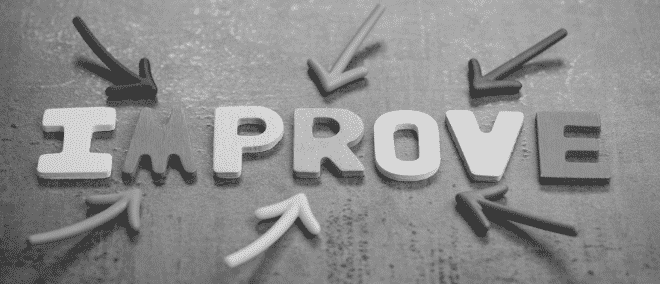Continuous Improvement – Easy to Say, but Execution is KEY

Written by Guest Blogger, Paula Bell, CEO at Paula A Bell Consulting.
The last 2 weeks of the year I take time off to relax and unwind. I call this my mental health break. I work extremely hard during the year, and I need to take some time to work and focus on me. Review the goals defined for the year to determine what I accomplished, and maybe even where I fell short. Reflect on root causes on goals I was not able to achieve to determine what I could do better. I then start to think through what I want to achieve in the coming year. I may determine some of my goals may carry over into the new year because there is still more work to be done.
Determine if there are some new goals I need to focus on due to changes in this journey called life. You see, each year I look at myself to continue to improve on a foundation I have built over the years. I look to see how I can be the best version of myself continuously.
Continuous Improvement
As many can probably relate, organizations may speak of the topic of continuous improvement. There is a need to continuously improve how products and services are delivered. Every organization has some type of competitor. In order to stay competitive in the market place there must be a focus on continuously improving the product and service delivery. Though organizations may understand the concept of continuous improvement, executing on this topic can be challenging.
Key Components to Consider
I have worked in many organizations where “continuous improvement” is a topic, and I have found in organizations that are successful there are key components to consider.
- Culture – continuous improvement must be a part of, and bought in to by all, in the organization in order to be successful. There must be support at the top that trickles down through the organization of the importance of continuous improvement. Resources such as people, money and time must be carved out and dedicated to continuous improvement initiatives. It’s one thing to speak about it, it’s another to actually execute on it. I have found if it’s not embedded in the culture, with the correct support, it can be really challenging to continuously improve product and service delivery.
- Defined Path – there must be a roadmap of what continuous improvements initiatives will be of focus. There must be a defined prioritization process, and continual review of that prioritization as change occurs in the organization. It’s great to have an idea, but you must also have a strategy to bring forth the idea. All stakeholders deserve clear communication about the valid reasons supporting any considered initiative. This ensures everyone involved is on the same page and understands the rationale behind decisions.
Protecting Your Brand
- Does It Make sense? – the continuous improvement must make sense. Choose what you focus on wisely. If the organization’s infrastructure is not ready for the latest, and greatest, industry trend, it may not be prudent to move forward with the initiative. Yes, it’s important to stay competitive, but it’s even more important to protect the brand of the organization. It’s imperative to ensure whatever improvement the organization is considering, when deployed the outcome is as positive as it can be.
- Obtain Input & LISTEN – it’s important to obtain input not only from customers, but from those working within the organization. Those who do the job day to day can provide so much insight into where processes should go in the future. Many times, the internal employees are overlooked, and the focus is solely on customer feedback. Customer feedback is extremely important, because the goal is to ensure the customer receives the service intended; however, there may be reasons internally, where making certain changes may not produce the improvement desired, or produce a negative customer experience. Take time to just LISTEN and hear other perspectives.
- Choose the Infrastructure to Support the Improvement – leverage the correct tools to drive out continuous improvements in the organization. iGrafx empowers you to document processes, analyze efficiency, simulate potential changes. It also allows you to pinpoint areas for improvement.JIRA is a great tool to plan, track and manage projects.
Continuous improvement demands active support and clear structure for success. The evidence here highlights this need. It’s easy to say the word continuous improvement. However, the execution of the work is key, and ensuring there is a culture to support the work is needed.